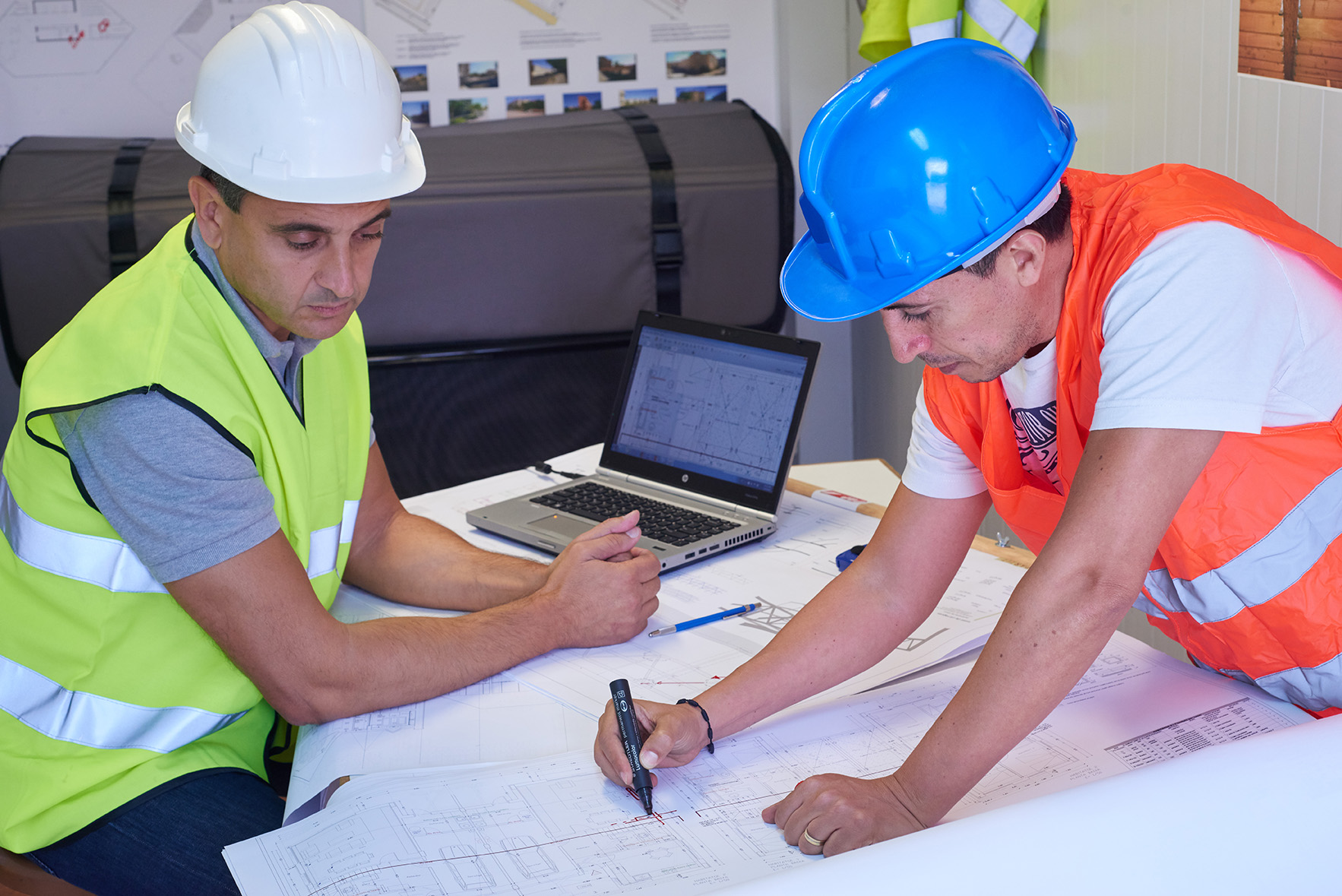 I spend a lot of time calling on Machine shops and Manufacturers seeking to understand their thoughts on how 3D printing technology may be effecting their manufacturing workflows. I will introduce myself and explain why I am calling which often leads to responses such as “I don’t see how we could use a 3D printer”, “we do not need a 3D printer’’, or “3D printing does not fit our processes”. These are typical responses often based on past experiences with 3D printing when the technology was geared more towards prototyping versus final use parts. Since I know often our clients past experience with additive manufacturing has been poor, I ask if they use fixtures or grips to focus more on the application, not 3D print technology. Almost all of the time the answer is yes to one or the other. I then ask how they manufacture their fixtures or grips which leads to the traditional answers such as “we machine them in house “ or “we send out for them”.
I spend a lot of time calling on Machine shops and Manufacturers seeking to understand their thoughts on how 3D printing technology may be effecting their manufacturing workflows. I will introduce myself and explain why I am calling which often leads to responses such as “I don’t see how we could use a 3D printer”, “we do not need a 3D printer’’, or “3D printing does not fit our processes”. These are typical responses often based on past experiences with 3D printing when the technology was geared more towards prototyping versus final use parts. Since I know often our clients past experience with additive manufacturing has been poor, I ask if they use fixtures or grips to focus more on the application, not 3D print technology. Almost all of the time the answer is yes to one or the other. I then ask how they manufacture their fixtures or grips which leads to the traditional answers such as “we machine them in house “ or “we send out for them”.
Next I ask them how that process is working for them and I get responses such as “it ties up one of our CNC machines”, “it takes too long”, or “it is expensive”. This is a common theme – every business is now under pressure for faster time to market with less resources where utilization of equipment is at an all-time high. This is creating bottle necks and delays that impact their profitability. Fixtures and grips have traditionally been machined from steel or aluminum on CNC machines that take up valuable resources needed for production. Many times these metal fixtures and grips are stronger than what they need to be, but using a CNC machine to manufacture the part was the easiest and most cost effective way to produce them.
This is where the conversation turns to 3D printers. Now I am not talking about hobby 3D printers. The printers I am talking about are commercial printers like Markforged, HP and Carbon to name a few. The plastics used in these printers are strong enough for most fixtures and/or grips and in some cases in-lay Carbon to add even more strength. The real advantage of 3D print? There is no machine set up or programming, just adding the print file to the build software and sending to the printer. No question 3D printing is not for every application. There are still advantages to traditional grips and fixtures such as material choices and strength.
Here are a few advantages you should consider when looking at 3D printing fixtures and grips.
- Costs of materials – This is one of the biggest ROI’s vs. machined part.
- Reduce time to market - You can often cut the manufacturing time of fixtures down to hours versus days or a weeks to machine.
- Design Flexibility - The ability to create new designs not able to be produced in traditional ways.
- CNC Utilization - You can often free up your CNC machine for other projects.
- Fast Redesign - Designers have the ability to make changes fast and resend the print file to the printer.
- Reduced Waste - Less waste with 3D printing compared to machining a part.
- Material Options have expanded - Use of a wide variety of materials like plastics, and fibers such as fiberglass and carbon fiber to choose from to meet your requirements.
So if you are looking to improve your process, and save time and money on your fixtures and grips, take a look at the new 3D printers and what they have to offer. The technology has evolved, cost of operation has lowered, and applications are expanding.




